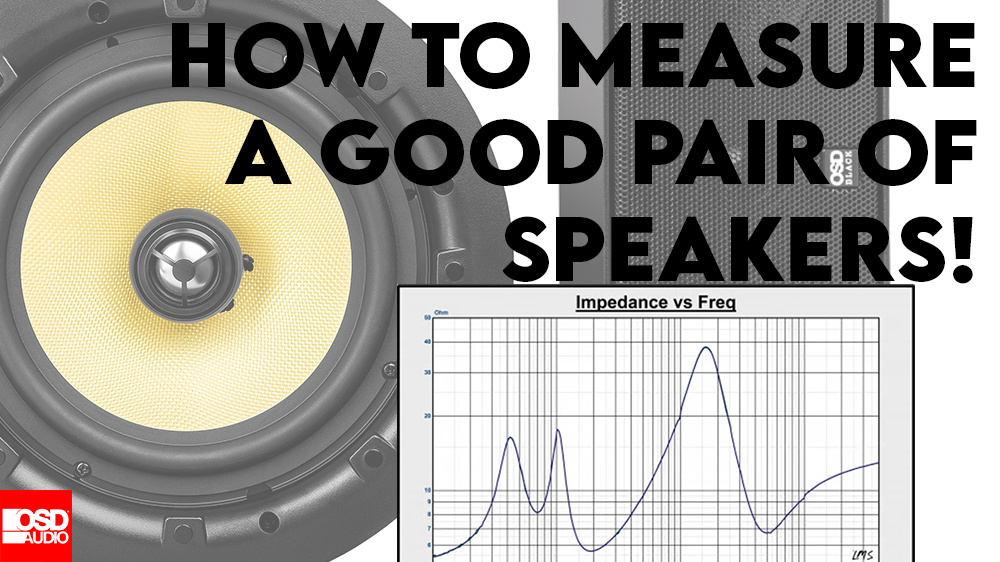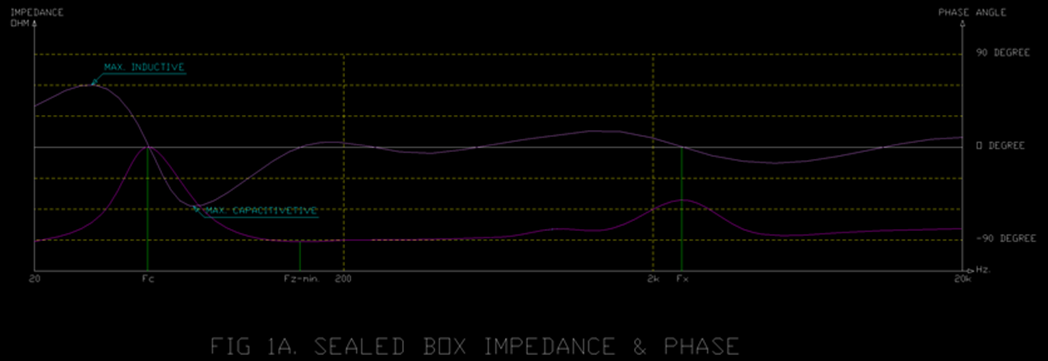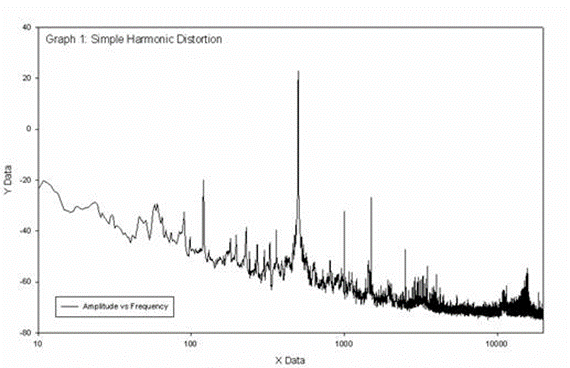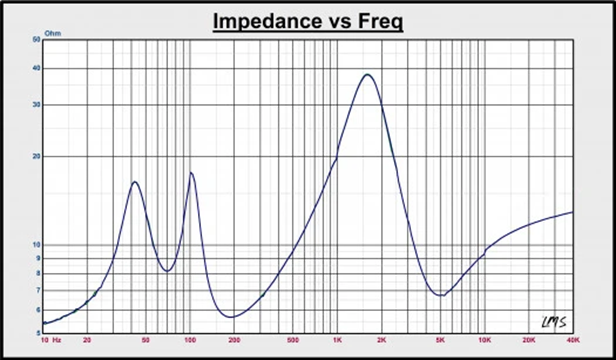
Loudspeakers and measurements
We design speakers to work well in average rooms, using designs that minimize distortion, keep impedance levels normal and optimize phase shifting. Our ‘real-world’ approach will bring delight to the ears of almost everyone. Read more to see the complexities of designing and measuring speakers.
Flat frequency response is a good indication of how a speaker will sound, but it is far from the only measurement that needs to be considered.
Phase

Phase changes
Phase shifts are in the time domain and not the frequency domain. They can change the way speakers sound and are not revealed in simple frequency-response measurements. Our ears and brains have been trained to respond to phase shifts in sound as a survival mechanism. Being able to detect sound arriving at different times allowed humans to be able to determine not just the distance the sound is coming from, but also the change in distance and directionality. Knowing the speed and direction of your prey was necessary for the hunt to be successful. Humans that were good at it survived, and that gene carried over. In time most humans became good at it.
When you hear a phase shift in music, your brain will try to understand what it means. If it is unintentional it will detract from the listening experience. In the crossover region of any loudspeaker, there are shifts in a phase that are caused by the components used and the type of crossover employed. Simple 1st order crossovers with a gentle 6dB per octave slope have smaller, less aggressive phase shifts. Complex 4th order crossovers have very dynamic phase shifts. The frequency response in both designs could look identical but the phase curves are not. This is audible. Poorly designed complex crossovers generally do not sound good because of phase issues, no frequency issues.
Distortion

Simple Harmonic Distortion
Frequency-response curves do not necessarily reflect distortion levels. Distortion can occur for several reasons. In loudspeakers, are generally mechanical in nature and can be either linear or non-linear. Non-linear distortions are generally caused by resonances and are known as harmonic (less harmful) or intermodulation distortion (more harmful). If these remain at levels far below the original note, they are not a problem. If they are closer in level to the original sounds they will smear the note, taking away its accuracy. Linear distortions are generally worse since they change in level. The mechanical nature of the components in a loudspeaker means they have an operating zone within which they are comfortable and can perform well. This could be the frequency range of a tweeter or the limits in how far the bass driver unit can move. Staying within the safe operating range of the drivers will ensure minimal distortion. Push the drivers beyond their comfort zone and they will distort. When measuring frequency response, it is difficult to distinguish what is distortion and what is ‘clean’ sound. All you are measuring is the output level at a certain frequency, not what it is made up of.
Impedance

Impedance is not fixed, it changes with frequency
The impedance curve and frequency response of a loudspeaker are linked, they interact affecting the way the amplifier being used works and, inevitably, the sound. Each drive unit and the port (if there is one) have a resonant frequency. As you approach these frequencies the inductance rises and forces the impedance up, sometimes above 40 Ohms. Some amplifier designs are better at managing these vastly different impedance levels than others. Measuring a speaker’s frequency response using an amp that is not well matched to a speaker may give a non-typical, poorer measurement.
Room response
The single biggest variable in any system is the room that it is played in. The room will change the frequency response and, therefore, the sound. When you measure a speaker in a room you are measuring the room as well. There are methods for measuring just the ‘first’ sound coming from the speaker and less of the reflected sound, but this will not tell you what the frequency response is in the room. If you measure outdoors, or in a garage, or a gym, or a 50- by 30-foot room, the results are meaningless if the room you have is 15 by 12 feet. Tip: the worse room problems come from the first reflection of sound of the side walls. Place something on the side wall halfway between you and the speakers—either something that absorbs sound or diffuses it. This is a simple, but significant, way to upgrade your system.
